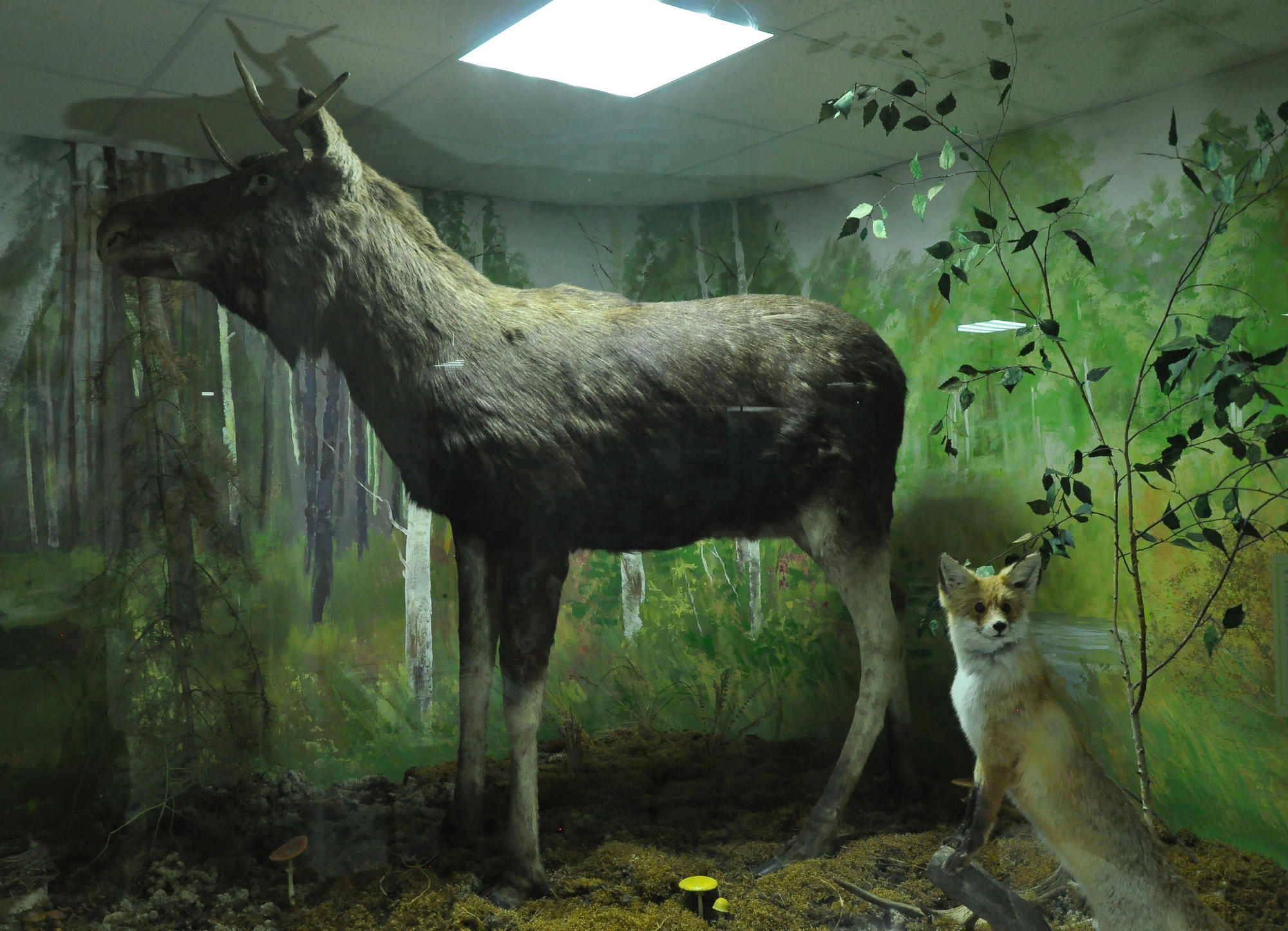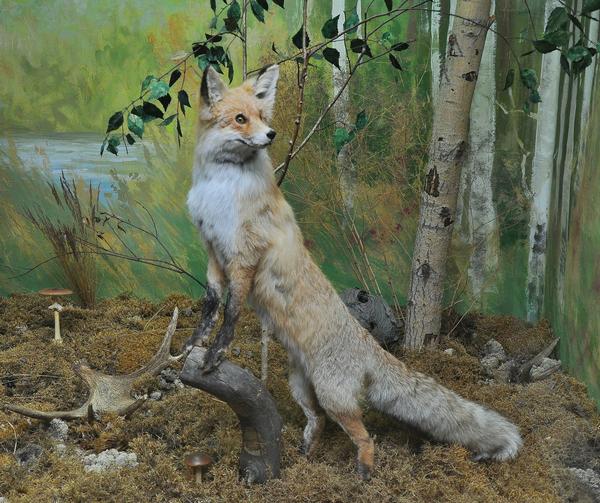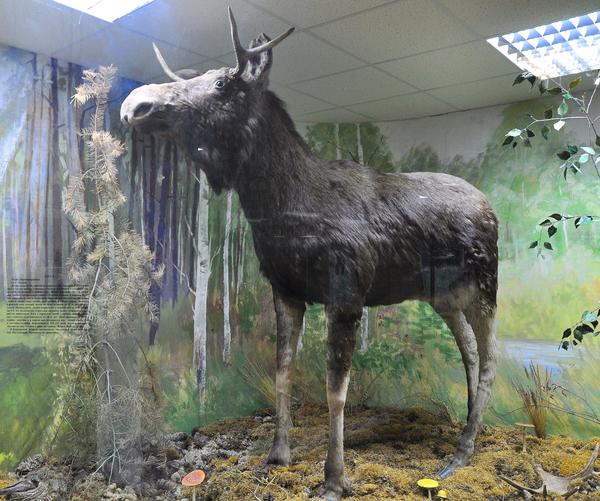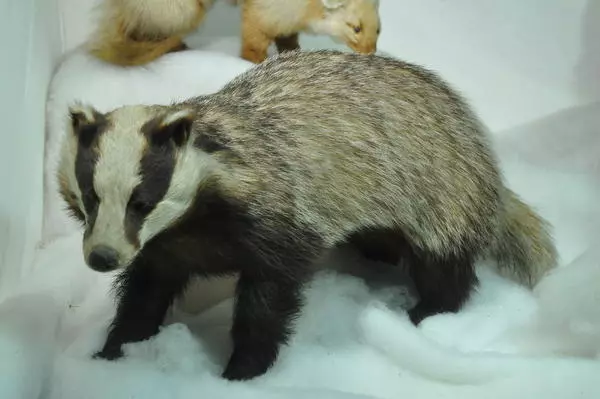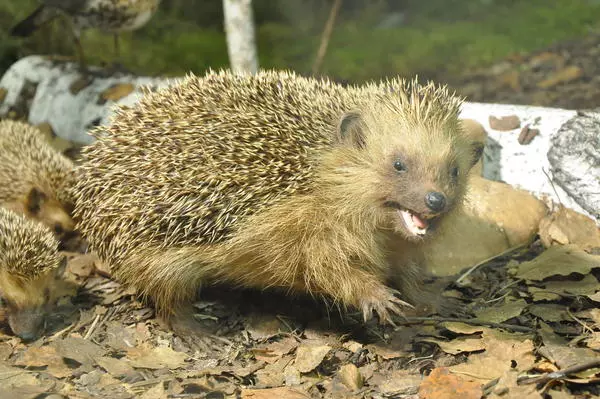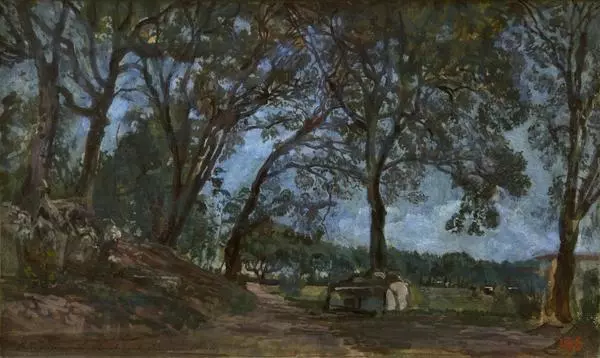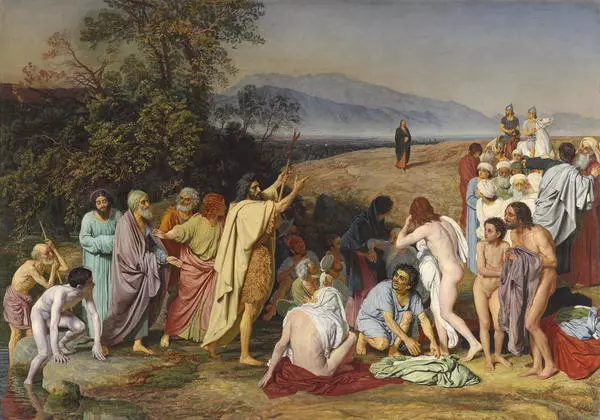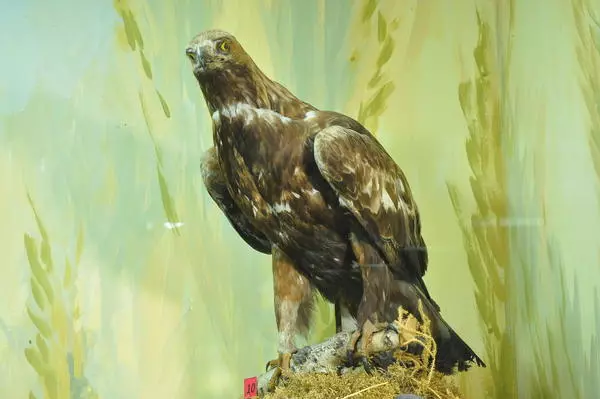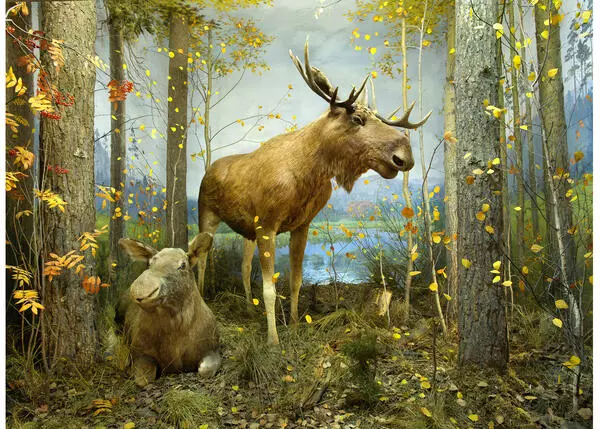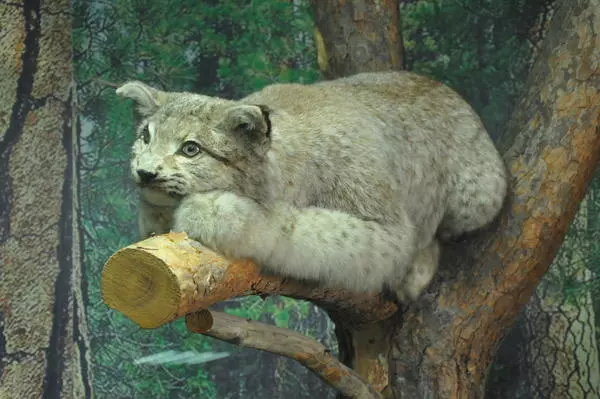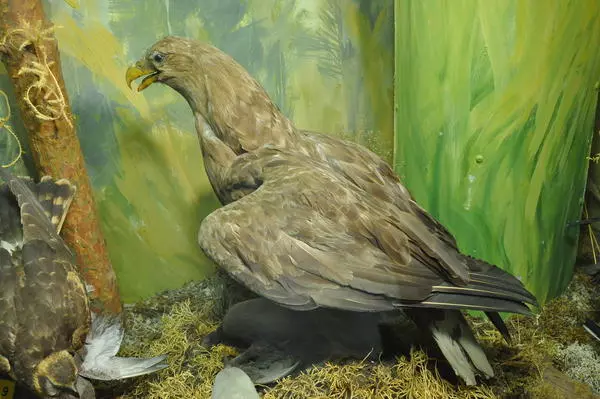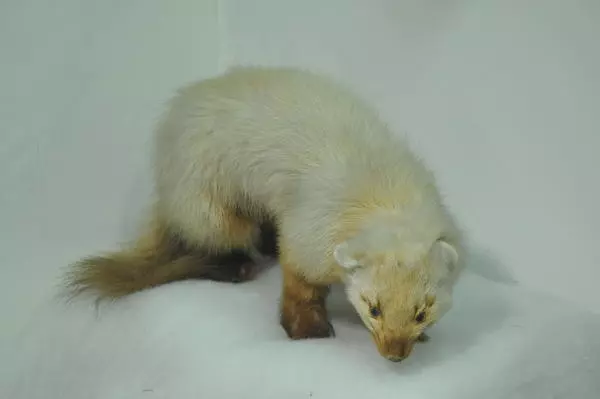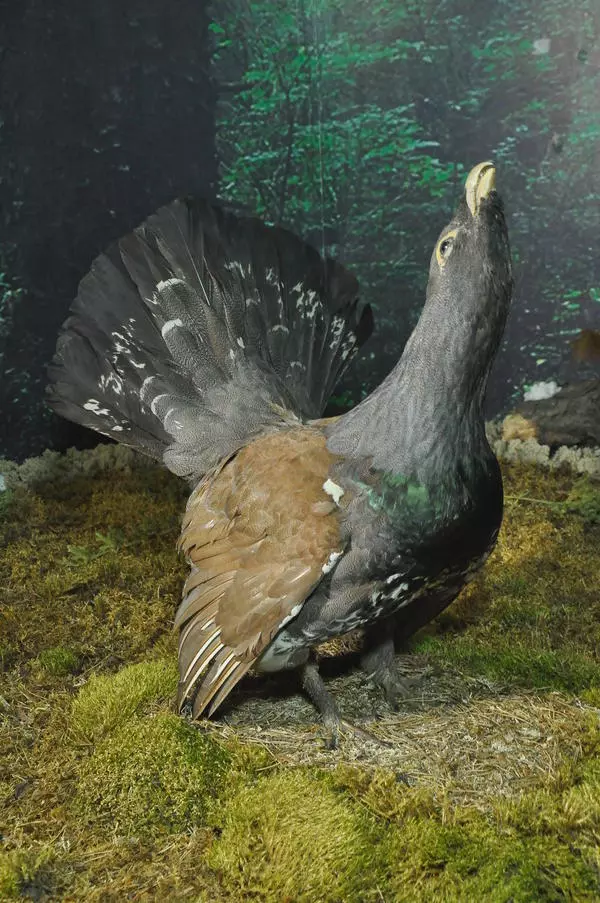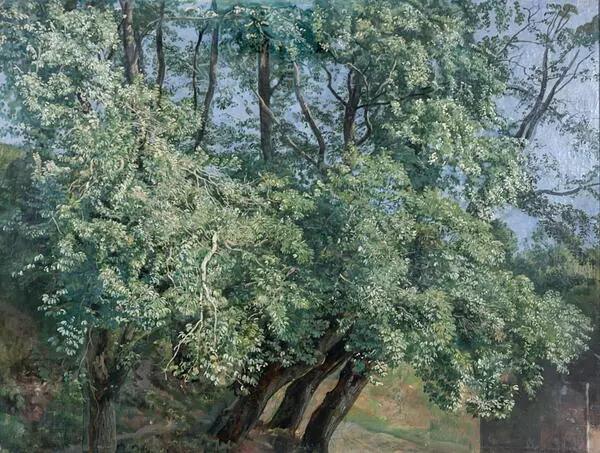#1
Anatoly Ivanov, Victor Sidorov
The Fox, The Moose
#2
#11
#3
The common fox is a predator from the Canine family. Its Latin name is Vulpes. It is a medium-sized, elegantly built animal with an elongated pointed face, large sharp ears and a long, very fluffy tail. The common fox is a predator from the Canine family. Its Latin name is Vulpes. It is a medium-sized, elegantly built animal with an elongated pointed face, large sharp ears and a long, very fluffy tail.
The fox usually has a bright red back, a white belly and dark paws. However, the coloring of fox hair and the size of the animal depend on the terrain: there are a total of 40-50 subspecies. As the foxes’ habitats move north, the animals become larger and lighter, while in the south, they are smaller and their coloring gets duller. Black-brown coloring is also more common in the northern regions and in the mountains.
Foxes begin to shed fur in February-March and end in mid-summer. Immediately after that, the winter fur begins to grow, completely covering the animals by the end of November, or early December. Their summer fur is much rarer and shorter while the winter fur is thick and lush.
The fox is common throughout the country, except for the Arctic tundra and some islands. It can easily exist next to humans and often settles on the outskirts of cities. Foxes hunt around the clock, but more often at dusk. They eat rodents, hares, birds, insects, berries and carrion.
To breed, the foxes dig deep burrows or occupy other animals’ ones, those of badgers, for example. Foxes’ rutting season lasts between February and March; when they bark they produce a loud cracking sound during the period. Pregnancy lasts for 6 to 8 weeks, and there are usually 4 to 6 cubs in a brood.
Like the wolf, the fox belongs to the monogamous animals, which reproduce only once a year. The rutting period and its effectiveness depend on the weather and the amount of fat cover on the animals. There are years when up to 60% of female foxes are left without offspring. Already in winter, foxes begin to search for places to raise young animals, and jealously guard them. There are practically no ownerless burrows at this time, and if one female dies, its dwelling is occupied by another. A female is often cared for by two or three males.
The fox usually has a bright red back, a white belly and dark paws. However, the coloring of fox hair and the size of the animal depend on the terrain: there are a total of 40-50 subspecies. As the foxes’ habitats move north, the animals become larger and lighter, while in the south, they are smaller and their coloring gets duller. Black-brown coloring is also more common in the northern regions and in the mountains.
Foxes begin to shed fur in February-March and end in mid-summer. Immediately after that, the winter fur begins to grow, completely covering the animals by the end of November, or early December. Their summer fur is much rarer and shorter while the winter fur is thick and lush.
The fox is common throughout the country, except for the Arctic tundra and some islands. It can easily exist next to humans and often settles on the outskirts of cities. Foxes hunt around the clock, but more often at dusk. They eat rodents, hares, birds, insects, berries and carrion.
To breed, the foxes dig deep burrows or occupy other animals’ ones, those of badgers, for example. Foxes’ rutting season lasts between February and March; when they bark they produce a loud cracking sound during the period. Pregnancy lasts for 6 to 8 weeks, and there are usually 4 to 6 cubs in a brood.
Like the wolf, the fox belongs to the monogamous animals, which reproduce only once a year. The rutting period and its effectiveness depend on the weather and the amount of fat cover on the animals. There are years when up to 60% of female foxes are left without offspring. Already in winter, foxes begin to search for places to raise young animals, and jealously guard them. There are practically no ownerless burrows at this time, and if one female dies, its dwelling is occupied by another. A female is often cared for by two or three males.
#4
The males are actively involved in the upbringing of offspring and they also take care of their females even before cubs appear. In the father dies, another single male will take its place. Sometimes male foxes even fight for the right to become stepfathers.
#5
The fox’s life expectancy is 10-12 years in nature and 20-25 years in captivity.
#6
Full name: The Fox
Author: Anatoly Anatolyevich Ivanov
Date: 2009
Technique: taxidermy
Dimensions: 112×75×14 cm
Collection: Natural Science
Copyright: Kurgan Regional Museum of Local Lore
#7
The Moose
#10
#8
The moose belongs to the Cervidae family. Its Latin name is Alces alces. It is the largest of the cervine animals: the length of the animal’s body is 220-300 centimeters, its height in the withers is 170-235 cm, and it can weigh between 300 and 600 kilograms. The moose lives 12-15 years in the wild and 20-25 years in captivity.
The moose belongs to the Cervidae family. Its Latin name is Alces alces. It is the largest of the cervine animals: the length of the animal’s body is 220-300 centimeters, its height in the withers is 170-235 cm, and it can weigh between 300 and 600 kilograms. The moose lives 12-15 years in the wild and 20-25 years in captivity.
The moose is found throughout the entire forest zone, except for Primorsky Region and some islands; it also lives in the tundra and the steppe. In the snowless period, it is most often seen on overgrowing cutover patches and burnt areas, swamps, along the banks of the forest rivers and lakes, and in winter - in forests with dense undergrowth.
It is also found in woodland parks and even on city outskirts.
Its long legs and wide spreading hooves allow the moose to walk in swampland and snow. When in danger, it quickly breaks through the snow to the nearest path and runs away along it.
The moose are active at various times of the day, but most often they graze before dawn and after sunset, and do it at night in crowded places. In summer, females with calves of various ages stay in groups of 3-4 species while males stay alone. Mixed herds, that can consist of up to 10 animals, are formed in winter.
The males shed their antlers at the beginning of winter, and new ones begin to grow only in spring, loosing their velvet skin in August. Moose rutting period lasts between September and October. During the rut, the males ‘moan’ – they produce a long and muted bellowing. With their roaring they call their rivals and arrange matches - occasionally deadly ones.
Pregnancy in females lasts 8 months producing 1 or 2 calves in litter. A week after birth, the calves can already walk, following their mother. Because of their long legs, they cannot reach down to the grass, feeding only on branches and leaves at first, and then they learn to eat grass by crawling on their knees.
The number of moose, like other hoofed animals, is declining nowadays because of poaching. It is often hunted, especially by the indigenous peoples of the taiga zone. The moose, on the other hand, is very rarely the first one to attack. Usually this happens only during rutting or when hunters approach moose calves.
Successful domestication experiments were carried out on several farms for many years. Moose calves easily domesticate and can then be used as riding, draft and pack animals, while moose milk is used for health purposes.
The moose belongs to the Cervidae family. Its Latin name is Alces alces. It is the largest of the cervine animals: the length of the animal’s body is 220-300 centimeters, its height in the withers is 170-235 cm, and it can weigh between 300 and 600 kilograms. The moose lives 12-15 years in the wild and 20-25 years in captivity.
The moose is found throughout the entire forest zone, except for Primorsky Region and some islands; it also lives in the tundra and the steppe. In the snowless period, it is most often seen on overgrowing cutover patches and burnt areas, swamps, along the banks of the forest rivers and lakes, and in winter - in forests with dense undergrowth.
It is also found in woodland parks and even on city outskirts.
Its long legs and wide spreading hooves allow the moose to walk in swampland and snow. When in danger, it quickly breaks through the snow to the nearest path and runs away along it.
The moose are active at various times of the day, but most often they graze before dawn and after sunset, and do it at night in crowded places. In summer, females with calves of various ages stay in groups of 3-4 species while males stay alone. Mixed herds, that can consist of up to 10 animals, are formed in winter.
The males shed their antlers at the beginning of winter, and new ones begin to grow only in spring, loosing their velvet skin in August. Moose rutting period lasts between September and October. During the rut, the males ‘moan’ – they produce a long and muted bellowing. With their roaring they call their rivals and arrange matches - occasionally deadly ones.
Pregnancy in females lasts 8 months producing 1 or 2 calves in litter. A week after birth, the calves can already walk, following their mother. Because of their long legs, they cannot reach down to the grass, feeding only on branches and leaves at first, and then they learn to eat grass by crawling on their knees.
The number of moose, like other hoofed animals, is declining nowadays because of poaching. It is often hunted, especially by the indigenous peoples of the taiga zone. The moose, on the other hand, is very rarely the first one to attack. Usually this happens only during rutting or when hunters approach moose calves.
Successful domestication experiments were carried out on several farms for many years. Moose calves easily domesticate and can then be used as riding, draft and pack animals, while moose milk is used for health purposes.
#9
Full name: The Moose
Author: Victor Ivanovich Sidorov
Date: 1960
Technique: taxidermy
Dimensions: 150×300×170 cm
Collection: Natural sciences
Copyright: Kurgan Regional Museum of Local Lore
Author: Victor Ivanovich Sidorov
Date: 1960
Technique: taxidermy
Dimensions: 150×300×170 cm
Collection: Natural sciences
Copyright: Kurgan Regional Museum of Local Lore
читать дальшескрыть
00:00
00:00
1x
1
Открыть в приложении
Поделиться
